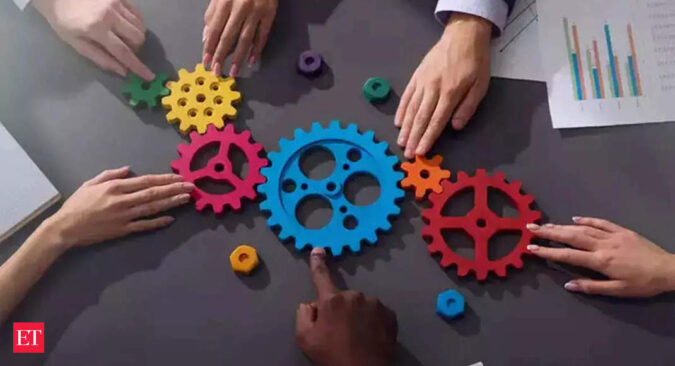Cautioning the government about the possible misuse of the incentives, the Global Trade Research Initiative (GTRI) said firms may easily manipulate production levels through their supporting manufacturers, group companies or contract manufacturers.
Citing an example, the report said the government had to suffer huge revenue loss in the past due to the misuse of a ‘Target Plus’ scheme during 2003-06.
“Departments implementing PLI schemes may study the Target Plus scheme misuse and be vigilant. The risk compounds when incentive is granted on quarterly production,” GTRI Co-founder Ajay Srivastava said.
On simplifying the criteria for grant of PLI incentive, he said the criteria for various sectors include thresholds on investments, production, sales, degree of localization, inputs used and many more and manufacturers may not be able to tick all the boxes.
“In most cases, it is difficult to ascertain the actual value of a product or invoice. Doing this makes incentives subjective and delay the settlement of claims. Guidelines should be few and transparent,” the report said. It added that the best way to simplify the scheme is to incentivise local production of components and not the final product. Further, it suggested that extending incentives under the scheme for clean energy technology would help in greater ways in promoting domestic manufacturing.
“Given the upcoming carbon border taxes imposed by the EU and soon by other countries, India must invest in clean energy technologies. Many countries are investing in making industrial processes cleaner and greener,” it said.
It added that industrial labs for reverse engineering should be encouraged to reduce the dependence on imported machinery and enhance production quality.
This initiative would allow India to replicate advanced machinery used in textiles, mining, metal work, and agriculture sectors.
“By leveraging existing expertise, India can significantly cut its import bill and improve the quality of domestically produced machinery,” it said.
GTRI also said that even if the GST (Goods and Services Tax) collected for a product exceeds the PLI outgo committed for the scheme duration, it is no guarantee that the scheme has become financially self-sufficient or self-supporting.
“The GST collected includes IGST collected on imports of inputs. High import content in the 80-85 per cent range in final products will result in high imports and higher GST collected. A better metric would be to look at the net GST paid by the PLI-supported units on factory value added,” the report said.
